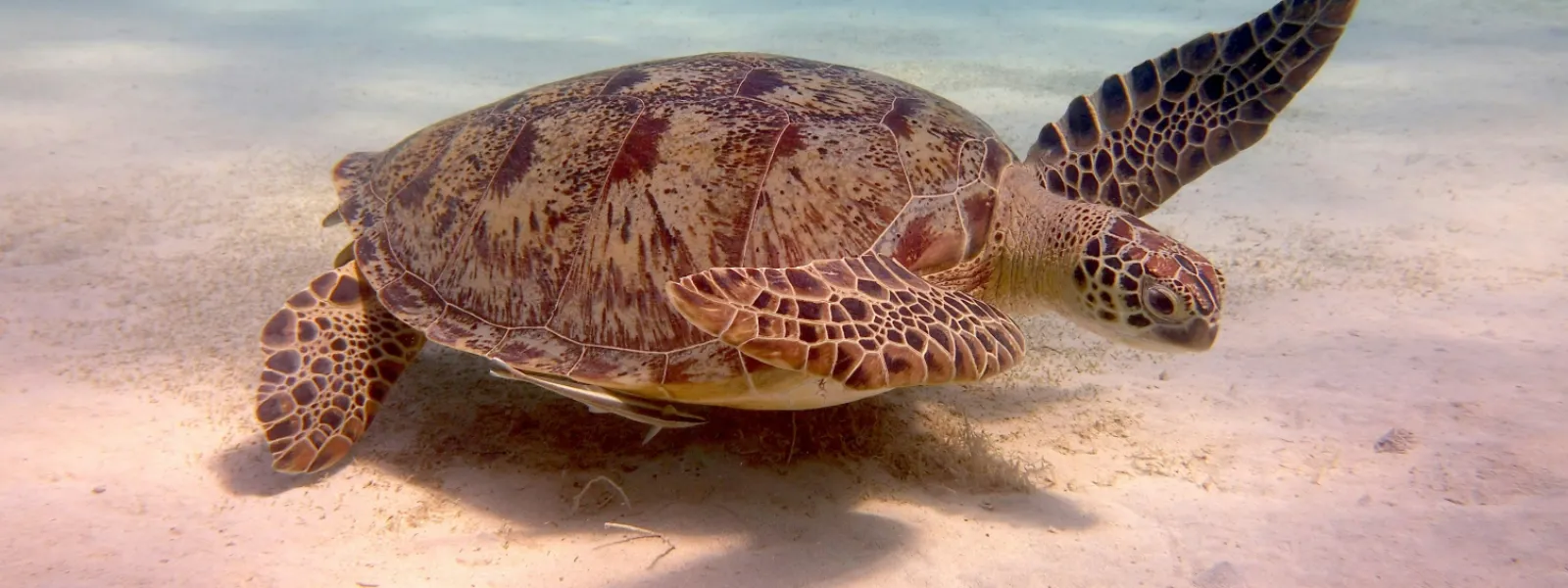
High Seas Treaty: A Major Step Forward for a Healthy, Resilient Ocean
Geoff trodd/Unsplash
The world is celebrating a key milestone for keeping our oceans healthy and resilient for present and future generations.
This month, the final requirement was met for the entry into force of the High Seas Treaty—a long-sought agreement that is essential for the protection and sustainable use of two-thirds of the ocean, nearly half of our blue planet.
The high seas are areas beyond national jurisdiction and one of the largest reservoirs of biodiversity on Earth, home to an incredible variety of marine life. They also provide food and oxygen, regulate the climate, buffer the impacts of the climate crisis, and support the livelihoods of communities that rely on fishing and tourism.
After more than 20 years of discussions and over five years of formal negotiations, governments agreed on the text of the treaty at the United Nations headquarters on March 4, 2023. The treaty was formally adopted on June 19 of that year.
But that was not the end of the story.
For the treaty to enter into force and be implemented, it needed to be ratified by at least 60 countries—a milestone that was finally reached on September 19. The treaty will officially take effect 120 days later, on January 17, 2026.
At AIDA, we have contributed to this process for many years, helping ensure that the needs of Latin America are part of both the treaty’s design and its implementation.
The High Seas Treaty—short for the Agreement on the Conservation and Sustainable Use of Marine Biological Diversity of Areas Beyond National Jurisdiction (BBNJ Agreement)—offers numerous benefits. Among them, it calls for the creation and proper management of marine protected areas on the high seas to conserve and restore the ocean’s rich biodiversity.
The treaty also requires that any new activity on the high seas undergo environmental impact assessments, including consideration of the cumulative effects of multiple activities on a single ecosystem.
AIDA’s Role in Protecting Life on the High Seas
From the negotiation of the High Seas Treaty to the present day, AIDA has played an active role in the process, co-leading Latin American civil society contributions to help secure a strong and effective agreement.
We have done this as part of the High Seas Alliance, a coalition of more than 70 organizations working to preserve biodiversity in the high seas, where AIDA serves as regional coordinator for Latin America. In this role, we have ensured that the realities, expectations, and challenges of the continent are incorporated into the Alliance’s strategies.
During the treaty negotiations, we supported Latin American delegations through internal and regional processes, providing briefings on the benefits and obligations of the agreement. In doing so, we helped strengthen the region’s capacity to engage effectively, drawing on our scientific and technical expertise.
Looking ahead to implementation, we have also provided technical support to regional delegations participating in the Preparatory Committee sessions, a United Nations body tasked with advancing the issues that will be addressed at the treaty’s first Conference of the Parties (COP).
Countries that ratify the treaty will be able to participate in the COP, where key decisions will be made regarding implementation and the activation of the treaty’s benefits. The first COP session will take place one year after the treaty enters into force.
Beyond this much-anticipated ratification, it is essential that all countries—not just the initial 60—join the agreement to ensure fair, equitable, and sustainable governance of high seas biodiversity. This will guarantee effective implementation, fulfillment of conservation objectives, and participation in the treaty’s benefits.
At AIDA, we will continue working with a Latin American focus to ensure that the High Seas Treaty translates into concrete actions for the protection and sustainable use of the high seas—a shared responsibility of all governments.
Victor Quintanilla Sangüeza

Victor Quintanilla Sangüeza is AIDA's Content Coordinator, working from Mexico City. He is a Bolivian freelance communications specialist and journalist. He earned a Bachelor of Science in Social Communication from the Universidad Mayor de San Andrés in La Paz, Bolivia. Victor also holds a master's degree and a PhD in communication from the Universidad Iberoamericana Ciudad de México. He has worked in print and television media, as well as in corporate communication in the public and private sectors. Victor is also a researcher in the field of journalism and technology studies.
